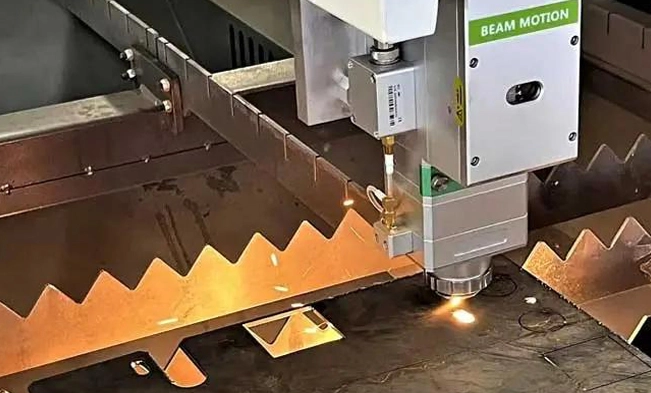
Laser machines have transformed stainless steel fabrication by offering unparalleled precision, speed, and efficiency. Unlike conventional methods that involve manual cutting, drilling, welding or marking, laser machines utilize focused laser beams to process stainless steel with remarkable accuracy. These machines can effortlessly handle intricate designs, cut intricate shapes, and create precise intricate patterns, resulting in flawless stainless steel components. The technology's precision reduces material waste and optimizes overall productivity, making laser machine a cost-effective choice for stainless steel fabrication.
Laser cutting is one of the most significant applications of laser machines in stainless steel fabrication. With laser cutting, stainless steel sheets can be transformed into complex and precisely cut components, meeting specific design requirements with utmost accuracy. Whether it's a delicate filigree pattern or a robust structural piece, laser cutting allows for a wide range of design possibilities without compromising on quality. Moreover, laser cutting minimizes the need for secondary operations, such as deburring or finishing, as it leaves clean, smooth edges, ready for immediate assembly.
Laser welding has become a preferred method for joining stainless steel components due to its precision and versatility. This technique uses laser beams to create high-intensity heat, which melts and fuses the metal surfaces, ensuring a strong and durable bond. Laser welding allows for precise control of the welding depth and width, resulting in clean and aesthetically pleasing joints. Moreover, laser welding minimizes the risk of distortion or damage to the surrounding area, making it ideal for delicate, high-quality stainless steel applications. Whether it's intricate medical devices or structural components for architectural projects, laser welding has revolutionized stainless steel fabrication by offering unmatched precision and strength.
Stainless steel laser marking machine can achieve black or color marking on stainless steel metal. It is widely used in laser marking metal surfaces such as mobile phones, electronic digital products, notebook casings, ceramic materials, and oxide layers. Surface marking of most plastics and stainless steel, alumina, copper and other alloy materials.
By adjusting parameters such as laser frequency and power, the surface of stainless steel material will generate colored oxides or a layer of colorless and transparent oxide film under the action of laser thermal effect. Due to the thin film interference effect of light, different color marking effects will appear.



